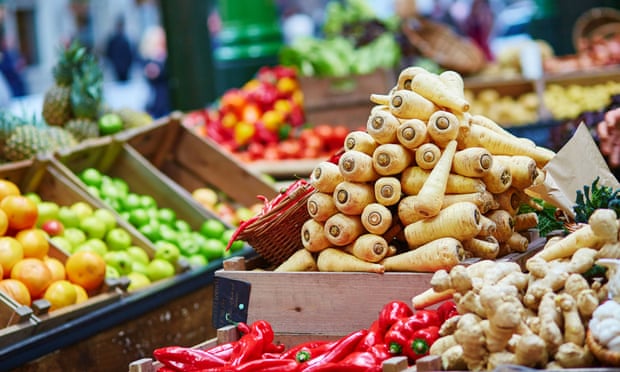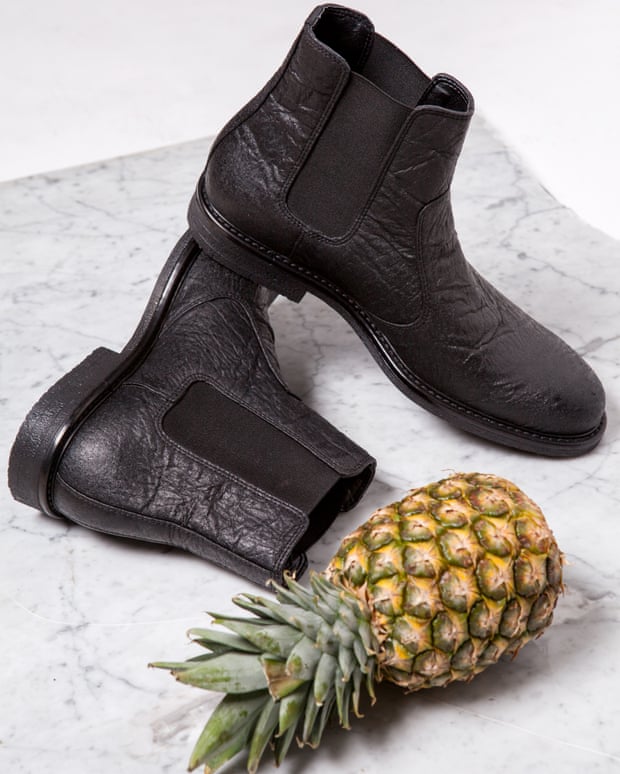| The eco guide to mainstream organics | Writer : 관리자(@) Date : 17.03.20 Hits : 2096 |
|---|---|
|
The eco guide to mainstream organics
We need to learn from the Danish supermarkets, where organic produce is front and centre, not niche
 Say you were to swap your weekly shop with a Dane, you’d notice something strange. In Danish supermarkets like SuperBrugsen, myriad organic products are proudly displayed at the front. Try tracking down anything more exciting than an organic carrot in a UK supermarket.
With this in mind our Organic Trade Board wants us to be more Danish and go mainstream organic. There’s some way to go. In 2014, our organic spend here was just ?30.60 each for the whole year. Cynics might say that this equates to one organic chicken. To make this work, supermarkets need to offer more and shout louder. Perhaps unexpectedly it’s discounters such as Lidl and Aldi who are leading the way as they introduce more lines. Mainstreaming would mean more people get to experience the benefits of organic food (as well as lifestock and wildlife). A 2014 study found quantities of antioxidants (that can help prevent cancer and heart disease) are between 19% and 69% higher in organic than non-organic. It’s not just food. Farmers producing organic cotton have better lives: the organic system of crop rotation means that they also grow food crops to feed their own families. This is a big theme in ethical consumerism: don’t just demand quality for yourself, demand quality of life for the producer, too. Quality is where “niche” organic producers excel. I’ve found by being “flexitarian” in diet and saving money on meat and fish, I can divert budget towards organic brands such as Riverford veg boxes (sales up last year 10%) and viridian-nutrition.com. Their dedication to certified standards and integrity is absolute, and it’s something that gets watered down when you go mainstream. The big picture: Longyangxia Dam solar park
You need a satellite shot to get a perspective on four million solar panels. Nasa Earth Observatory has obliged and the latest released set of images has left the world awestruck by China’s investment in solar. The Tibetan Plateau panels, stretching across 10 square miles, now generate the same amount of power as a large nuclear facility. In 2015 China invested $103 bn in renewables. If only America would follow suit. Well dressed: boots made out of pineapples Lately, I’ve developed a crush on pineapple leather, or Pi?atex. I first noticed it in a silver jacket from eco Italian designer Laura Strambi. Pi?atex is a natural and sustainable textile made from pineapple leaf fibres, and it has a lovely slightly crinkly lived-in look which makes it an ideal substitute for animal leather. It is markedly less impactful on the planet, being a byproduct of the pineapple harvest. The vegan footwear brand Bourgeois Boheme (still basking in the glow of recently being worn by the ultimate sustainable fashionista, Emma Watson) has long experimented with innovative textiles. The brand will showcase Annie (a Chelsea boot) and Noel (a desert boot) in a dedicated pop-up space, The Pineapple Room, at Shop 11, Dray Walk, London E1 on 24-30 April, where fans can also meet the fibre’s inventors. Pineapple boots, ?199, bboheme.com Email Lucy at lucy.siegle@observer.co.uk or follow her on Twitter @lucysiegle link->https://www.theguardian.com/environment/2017/mar/19/the-eco-guide-to-mainstream-organics |
|
| Prev | Demand for organic products boom, but supply lags |
| Next | Safe food campaign open to counter-claims of poisons in organic food |
| List |